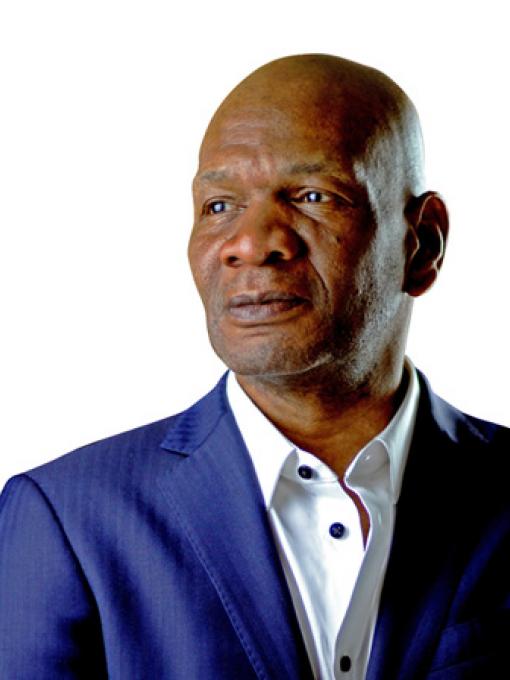As early as 1990, the Intergovernmental Panel on Climate Change (IPCC) reported that the greatest single impact of climate change might be on human migration. The recent Quaker Statement on Migration also recognizes this: “The line between chosen and forced migration is frequently blurred by factors including…the climate crisis.”
This is largely because climate change does not impact all people and all parts of the world in the same way and at the same time. It triggers problems like desertification, drought, more frequent and more extreme storms, rising seas levels, and hunger.
As early as 1990, the IPCC reported that the greatest single impact of climate change might be on human migration.
Human beings have been migrants for thousands of years; it is a longstanding and very normal phenomenon. For many people, the motivation to migrate often involves a mixture of push factors, but increasingly, scientists see them arising from changes in the climate.
Migration is, too often, a matter of life and death for millions of people around the world seeking to escape conflict or natural disasters. The number of these forced migrants has skyrocketed.
The Brookings Institution reports that in 2017, 68.5 million people were displaced all over the
world—more than at any point in history. More than one-third of these refugees were uprooted by sudden weather events, including floods, forest fires and intense storms.
What has turned the human impulse to migrate into a crisis are the sheer numbers involved, compounded by laws, physical walls, and the definitions that government have constructed to keep migrants away. This situation has been worsened by populist leaders of rich countries who, because of the impact of migrants on their economies and societies, support tighter restrictions on migration.
The prognosis is bad for this complex mix of migration and climate change. According to the 2018 World Bank report “Groundswell: Preparing for Internal Climate Migration,” over 143 million people across Sub-Saharan Africa, South Asia, and Latin America could be forced to move within their own countries to escape the slow onset impacts of climate change.
Cross border migration will also be impacted by climate change. According to the International Organization on Migration, there were around 272 million international migrants in the world in 2019, or 3.5% of the global population.
What has turned the human impulse to migrate into a crisis are the sheer numbers involved, compounded by laws and physical walls.
Since the 1970s, the United States has been the top destination for migrants, even if the government has decreased the number of refugees it resettles.
However, migration triggered by climate change is not simply an issue for developing economies. “Internal climate migrants do not necessarily stop at [national] borders, ” says the World Bank report.
The United States will potentially face its own challenges with internal climate migration. A study published in Nature Climate Change estimates that 13 million people along U.S. coasts could be displaced by the end of this century due to rising sea levels. Most live in the Southeast, especially Florida.
Scientists predict that in the next decades, migration of hundreds of millions of people around the globe is inevitable due to climate change. These movements are going to be a true trial of the limits of national and global governance and social bounds.
As a Quaker organization, FCNL believes that both the causes and the destructive impact of climate change must be urgently addressed not only by individual countries but also by the global community.
While the Biden administration has rejoined the Paris Climate Agreement and made climate change a centerpiece in the government’s work, his administration will need to do more to meet the humanitarian crisis of mass climate migration.
Solving this interlinked crisis of migration and climate change requires new and all-inclusive solutions. FCNL’s approach in resolving the climate crisis—and its impact on migration—has been focused on enacting policies that puts a price on carbon emissions.
While it is only one piece of the climate crisis, the logic is simple and should be adopted by both Republican and Democrat members of Congress. Taxing carbon emissions encourages industries to reduce their carbon footprint. At the same time, it raises funds to enable communities of color and low-income neighborhoods to adapt to climate change. (See page 3 for FCNL’s Carbon Pricing Principles).
Today, public discussion of climate change and migration are often held to the exclusion of the other issue. However, as FCNL continues to seek justice—both in migration and climate changes issues—these issues must be one and inextricably linked
